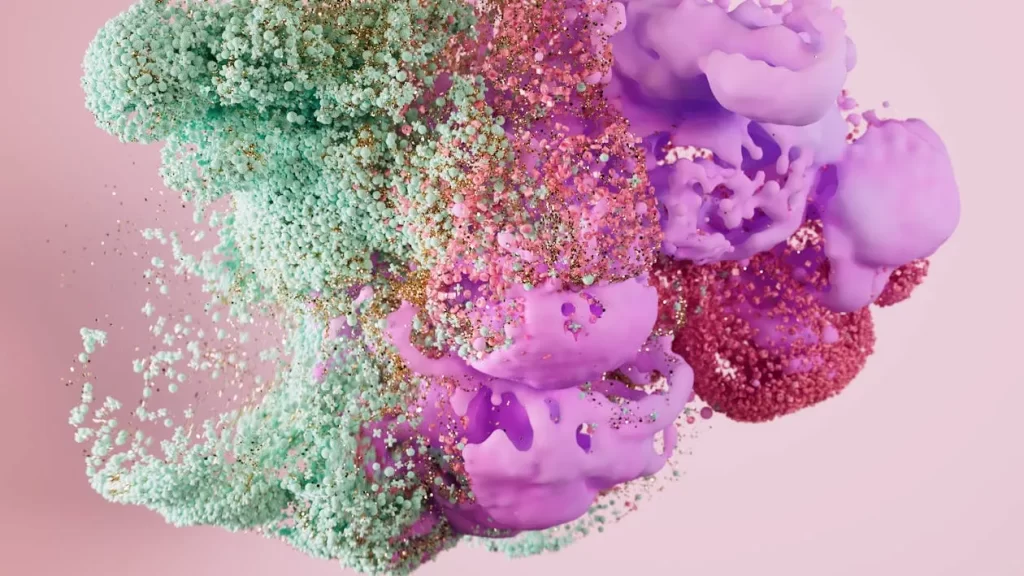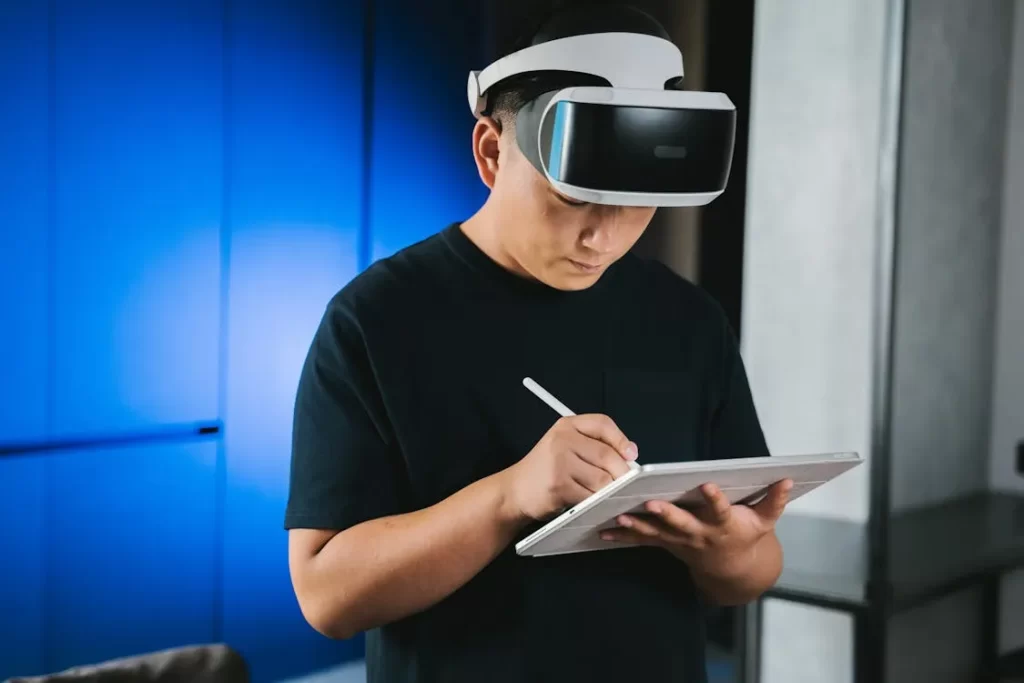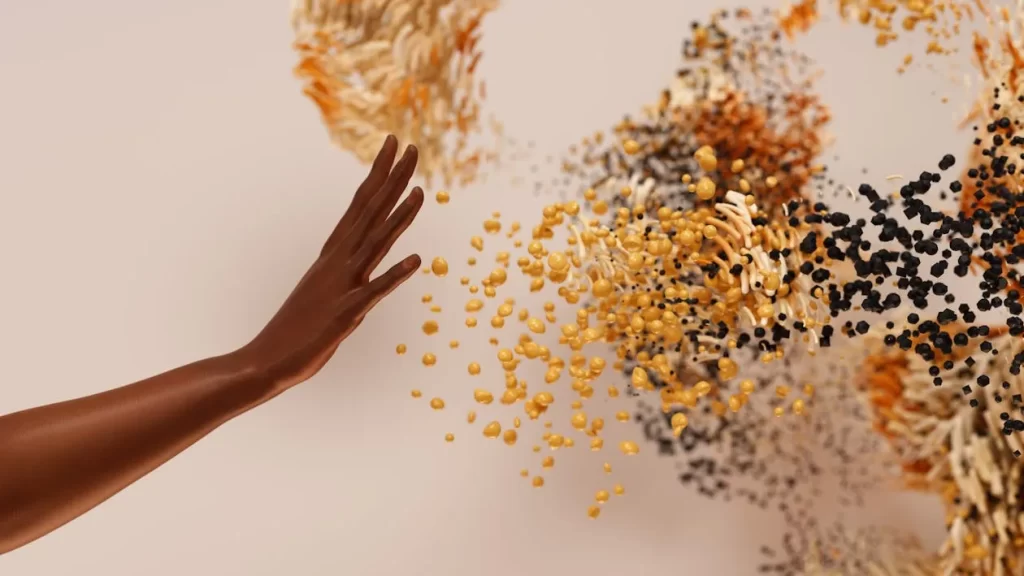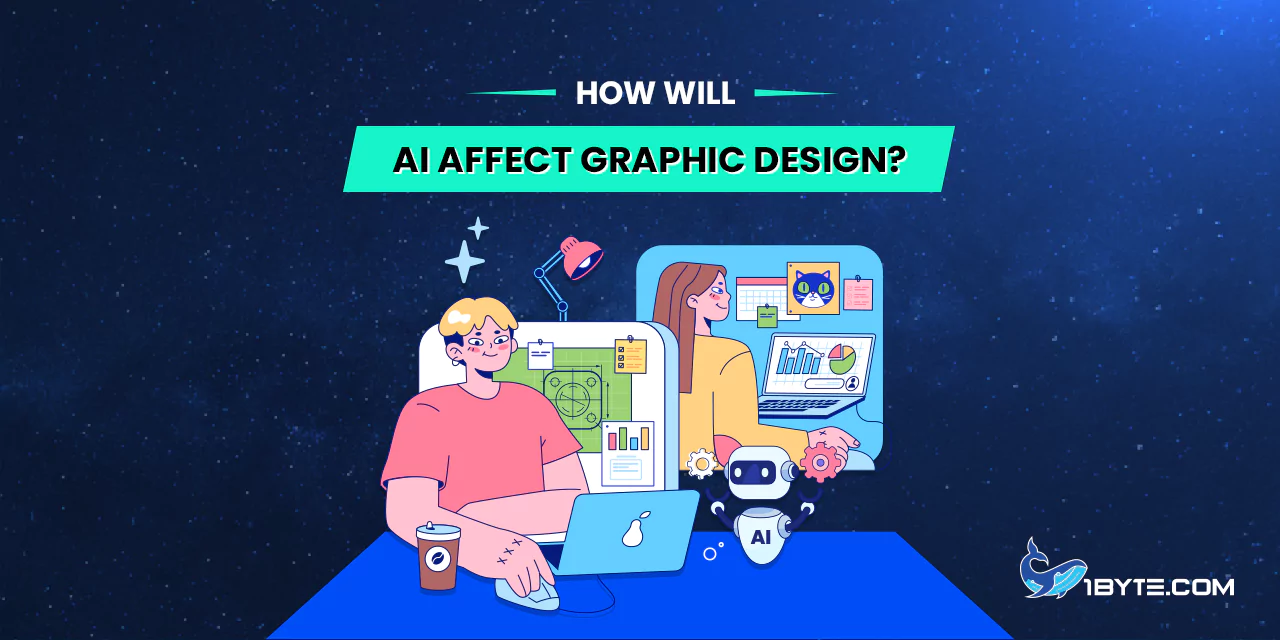The graphic design industry is rapidly evolving with the integration of artificial intelligence (AI). Knowing the answer to “how will ai affect graphic design“ is crucial for professionals aiming to stay ahead.
Globally the Generative AI in design market is estimated with a revenue of around $993.9 million in the year 2025, and is predicted that the market for Generative AI in design will gather a revenue of $13.9 billion by the year 2034, at a compound annual growth rate of 34.11% . It is telling sign that both approaches have seen significant growth, so there has been a real shift in design workflows.
At the head of this transformation are tools such as Adobe Firefly and Canva’s Magic Studio. It enables designers to create images from text prompts and helps them boost creativity and efficiency . Also, Canva’s Magic Studio gives you access to AI created features that allow you create presentations, visual reports or other design assets with little or no hassle, therefore making design more accessible to non professionals.
Nevertheless, the development of AI carries other issues. On its part, the World Economic Forum reports graphic design as one of the fields that AI will highly affect in the future, with traditional roles declining but the need for UX and UI design growing.
Nevertheless, numerous designers are enthusiastic about utilizing AI. Generative AI is not new : according to a 2024 report by Adobe, 83% of creative professionals are already using it, and 66% found it to assist them in producing better content. So it appears that the adoption of AI has become part of the design process.
To conclude, understanding how AI will change graphic design requires seeing both the opportunities for creativity to be more efficient, and the challenges concerning job roles and ethical issues. Professionals must stay informed and be adaptable in this changing environment. Read this article from 1Byte to learn more.
AI Tools Changing the Design Workflow
AI tools are reshaping the graphic design workflow, offering new efficiencies and creative possibilities. Understanding how AI will affect graphic design is essential for professionals adapting to these changes.
FURTHER READING: |
| 1. How Will AI Affect Software Development? |
| 2. How Does AI Affect Business? Key Insights for Leaders |
| 3. AI Impact on Marketing: 7 Transformative Ways Brands Are Adapting in 2025 |
Examples: Adobe Firefly, Canva AI, DALL·E
As a whole, AI tools have fundamentally transformed the way graphic designers work and operate. Professional graphic designers need to understand they the way AI will affect their industry.
Adobe Firefly
Creative Cloud applications like Photoshop and Illustrator incorporate Adobe Firefly. It makes it possible to generate images from text prompts, apply text effects, and automate image repetitions and image resizing. These have smoothed the design course of, and permit creators to suppose extra about conceptual growth .
Canva Magic Studio
Magic Studio, on Canva, offers AI driven tools such as Magic Design and Magic Switch. Magic Design assists users in generating visuals and layouts from simple prompts, enhancing productivity and creativity. Magic Switch helps users turn any design into another type based on a selected format – a blog to an email or social media post without having to redesign or update copy text .
DALL·E 3
DALL·E 3 is a text to image generation model developed by OpenAI that generates high quality, detailed images from simple text prompts. The complex prompts are understood well by it and it makes visuals close to what the user wants. For example, it would be especially great for those who need to create logos and marketing materials without a lot of graphical skills .
The implementation of these AI tools explain how AI can help improve efficiency and enlarge the creative boundaries in the arena of graphic design, and make design easier to access from a wider range of audience.
The Future Outlook
With the advent of Artificial Intelligence (AI), the way of doing graphic design is changing at rapid speed. Professionals want to remain relevant in this industry and AI is one of those entities that will dictate how graphic designing will look in the near future. To be on the ball in this case, the designers must understand how it will probably transform the industry.

Traditional design processes will be totally changed, as 60% of the effort for new websites and mobile apps will be automated by generative AI by 2026, Gartner predicts. However, it also represents a transition to AI aided design methods, whereby AI tools undertake repetitiveness jobs while designers are free to concentrate on creating and inventiveness.
Although this also brings challenges. Amongst which is Graphic Design, as depicted in the World Economic Forum’s 2025 report which asserts graphic design as one of the top 10 professions threatened by AI (advancements) and the amount of decline in traditional design roles . But this implies that it is vital to learn to adjust with new technologies and train in hybrid aptitudes possessing a type of decent traditional design talent and AI capability.
Despite these concerns, many in the industry view AI as a tool for enhancement rather than replacement. However, as per a report by Allwork.Space, while AI can automate some parts of designing, things like human creativity, strategic thinking and emotional intelligence cannot be replaced by it. Using AI tools can streamline the workflow and become more efficient for designers, allowing them more time for creative tasks that are harder to automate.
Overall, AI is in graphic design to stay and the changes are truly important to that world. Adapting to these changes and acquiring knowledge in AI skills is what puts a professional at an advantage in an era of graphic design that continues to evolve.
Redefining the Designer’s Role
The role of graphic designers is undergoing a significant transformation as artificial intelligence (AI) becomes more integrated into the creative process. Understanding how AI will affect graphic design is essential for professionals navigating this evolving landscape.
AI as a Collaborator, Not a Replacement
Instead of replacing anyone, AI is becoming a great collaborator for graphic designers. AI has raised much discussion, yet, for those who are looking to remain ahead in the industry, it is important to understand how it will affect graphic design.
Adobe reminds us that AI features should supplement the designers, not replace them. Adobe CTO Ely Greenfield stated that AI tools in Photoshop and Premiere Pro should be seen as tools to make tasks such as background removal and depth of field creation easier, with design accessible to everyone but the creative focus.

Across industries, the concept of humanAICollaboration is starting to pick up. Forbes points out that businesses that incorporate AI in order to improve human capabilities can benefit from increased productivity and innovation . By enabling these two items to work together it allows designers to do higher quality work faster.
In addition, the World Economic Forum says although AI can automate certain tasks, it does so also opening up new roles for which human creativity and strategic thinking is required . Those who are able to adapt to these changes and gracious AI tools will bring more power to their work flows and be able to compete in this ever evolving landscape.
In summary, AI serves as a powerful collaborator in graphic design, augmenting human creativity and efficiency. Considering the evolution of this industry, professionals integrating technology into their processes such as AI are better placed to thrive.
Shift from Execution to Concept and Storytelling
AI is changing the role of graphic designers — from executing to concept and story. Understanding how AI will affect graphic design is crucial for professionals aiming to adapt and thrive in this evolving landscape.
Repetitive tasks such as resizing an image or adjusting a color scheme are tasks AI tools can perform letting designers focus on creative strategy. This gives more room to explore the artistic concepts and innovate further.
Now, designers are partnering with AI to produce ideas and to refine the concepts. For instance, AI can propose design elements that are aligned with trends, which will assist in the formulation of compelling narratives .
This collaboration has been able to improve storytelling in design so designers are able to create more engaging, personalized content. Designers are able to concentrate on writing narratives that speak to people ‘s hearts by using AI’s functionalities.
To summarise, AI is integrated into graphic design and changing the role of designer. Through adoption of AI as a tool that collaborates with the designer, designers can increase their storytelling and create better, more impactful designs.
Challenges and Ethical Concerns
As artificial intelligence (AI) becomes increasingly integrated into graphic design, it brings forth a range of challenges and ethical concerns. Understanding how AI will affect graphic design requires a thorough examination of these issues, which include copyright infringement, bias in AI-generated content, and the implications for creative professionals.
Copyright Issues, Originality, and Overreliance on Templates
Artificial Intelligence is changing graphic design for the better, but it also brings many interesting copyright, originality and template issues. To understand how AI will be used in the graphic design space, these are the most critical issues to address.
Copyright and Originality
Vast datasets that AI models learn from regularly consist of copyrighted materials. With this practice, it is questionable if it is not an unauthorized use. For instance, Stability AI is being sued by Getty Images for using its images without permission to teach off AI models . Cases such as these raise a thorny issue for copyright in AI generated content.
The U.S. Copyright Office stresses that there must be human authorship for copyright protection. AI works that are made solely by AI and don’t involve any kind of human input cannot have a copyright . These statements position the need for the human creativity in the design process.
Overreliance on Templates
Canva and Adobe Firefly are AI tools that help you work with design tasks by giving you templates to complete them with. Although it is convenient to rely on these templates, depending on them too much can result in you creating generic designs with no originality. If designers rely too much on AI generated layouts, it will stunt creativity and end up with bland visuals .
Additionally, AI generated works can unintentionally copy previously designed works causing potential copyright infringements. Their use of AI tools must not compromise its unique creations , designers should ensure.
Essentially speaking, the usage of AI is luring graphic designers with its capturing tools but it ought to be in an appropriate balance. AI should be a help to designers rather than a replacement for their creative mind. This allows them to steer through the world of graphic design as the landscape is transforming, maintain their originality and adhere to copyright law.
Maintaining Authenticity in Branding and Visual Identity
In recent times, AI has advanced the landscape of graphic design and tools to improve efficiency as well as creativity. However, AI is also a challenge into how it will change graphic design as it raises challenges of maintaining authenticity and authenticity in branding and visual identity.

Brands use AI to personalize visuals using user data with the goal of tailoring elements to specific demographics and behaviors. Although this personalization can boost user engagement with the site, too much of it can lead to brand identity being absent. In order to avoid this situation, brands have to make sure that the inherent elements such as color schemes, typography, and logo placement remain consistent across all the AI generated content.
AI can produce homogenized and therefore less creatively compelling designs that don’t resonate with individuals who have purchased them through their sense of innate emotional connection because we are over reliant on them. AI generated content tends to follow patterns from training data and this can cause pictures to feel too generic. Human oversight is essential to review and refine AI outputs to make them conform to the brand values and narratives as they are authentic.
It is also essential for the exercise of AI to be transparent. With the rise of the awareness of consumers regarding the AI generated content, they might doubt its authenticity. This way brands that openly state the use of AI in content creation will be able to build trust and demonstrate commitment to a certain ethical practice.
All in all, AI can be an excellent tool for graphic design, but graphic designers still need to take a balance in the authenticity of their branding. Combining AI capabilities with human creativity and oversight enables brands to guarantee that their visual identity is consistent, original and trustworthy.
Leverage 1Byte’s strong cloud computing expertise to boost your business in a big way
1Byte provides complete domain registration services that include dedicated support staff, educated customer care, reasonable costs, as well as a domain price search tool.
Elevate your online security with 1Byte's SSL Service. Unparalleled protection, seamless integration, and peace of mind for your digital journey.
No matter the cloud server package you pick, you can rely on 1Byte for dependability, privacy, security, and a stress-free experience that is essential for successful businesses.
Choosing us as your shared hosting provider allows you to get excellent value for your money while enjoying the same level of quality and functionality as more expensive options.
Through highly flexible programs, 1Byte's cutting-edge cloud hosting gives great solutions to small and medium-sized businesses faster, more securely, and at reduced costs.
Stay ahead of the competition with 1Byte's innovative WordPress hosting services. Our feature-rich plans and unmatched reliability ensure your website stands out and delivers an unforgettable user experience.
As an official AWS Partner, one of our primary responsibilities is to assist businesses in modernizing their operations and make the most of their journeys to the cloud with AWS.
Conclusion
AI is transforming graphic design automation, enhancing creativity and reshaping of roles. For the professional graphic designer that wishes to adapt themselves to this evolving landscape, it is vital to understand how AI will impact the field.
In a nutshell, AI effects on graphic design are multifaceted, including opportunities and challenges for graphic designers. As a result, professionals who to adapted on board with AI, incorporating it into their workflows and evolving their creative and strategic skills will be in a better place to succeed in this new era.

